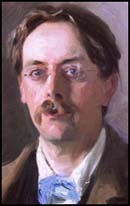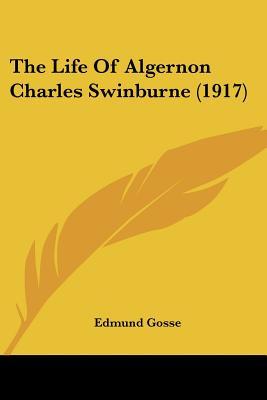
Sir Edmund Gosse was an influential English poet, critic, biographer, and translator who played a pivotal role in shaping literary and artistic discourse in late Victorian and Edwardian Britain. Born into the strict religious sect of the Plymouth Brethren, Gosse experienced a repressive upbringing under his father, the naturalist Philip Henry Gosse. His eventual rejection of that faith formed the basis for his most famous book, Father and Son (1907), a groundbreaking autobiographical work considered one of the first psychological memoirs in English literature.
Gosse began his literary career as an assistant librarian at the British Museum and went on to publish poetry, translations, and literary criticism. He developed close relationships with prominent writers and artists of the time, including Robert Louis Stevenson, Algernon Charles Swinburne, and the sculptor Hamo Thornycroft. His interest in Scandinavian literature led to the promotion of Henrik Ibsen’s plays in England through his translations and reviews, often in collaboration with William Archer.
In addition to lecturing in English literature at Trinity College, Cambridge, Gosse served as librarian to the House of Lords and contributed significantly to the Encyclopædia Britannica. He was also an influential art critic and authored the first historical account of the New Sculpture movement in British art. A literary patron, he was instrumental in securing support for writers such as W.B. Yeats and James Joyce.
Though married to painter Ellen Epps for over 50 years and father to three children, Gosse privately acknowledged homosexual desires, confiding in his friend John Addington Symonds. He was appointed Companion of the Order of the Bath in 1912 and knighted in 1925. Gosse’s legacy endures through his critical writings, literary support, and Father and Son, which remains a key text in English autobiographical literature.

